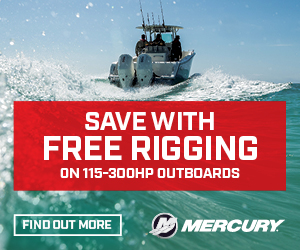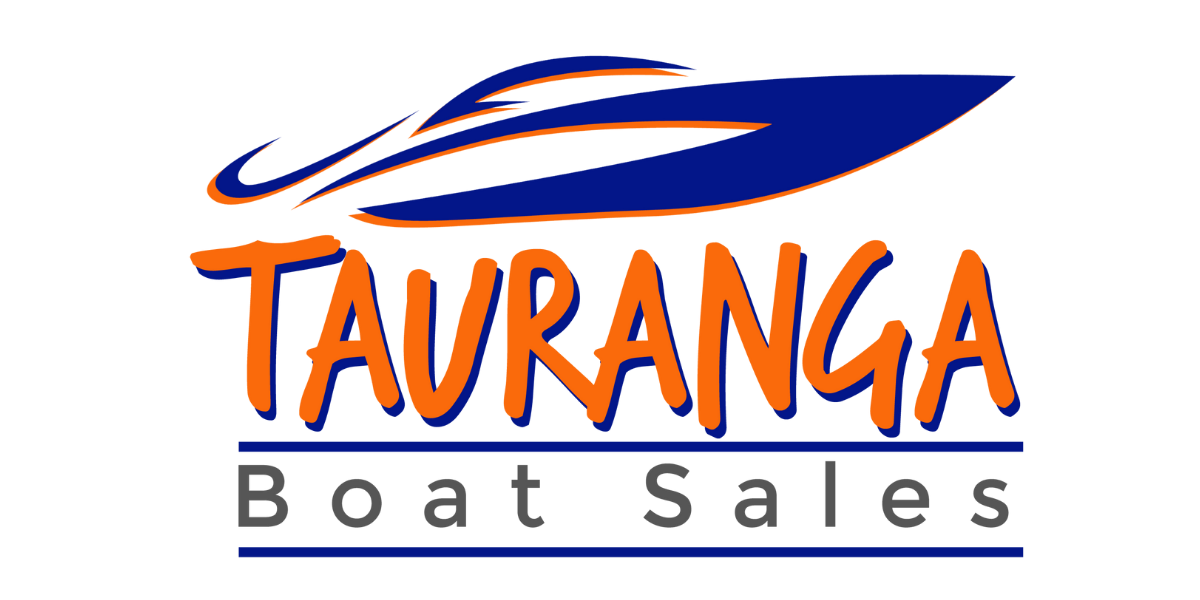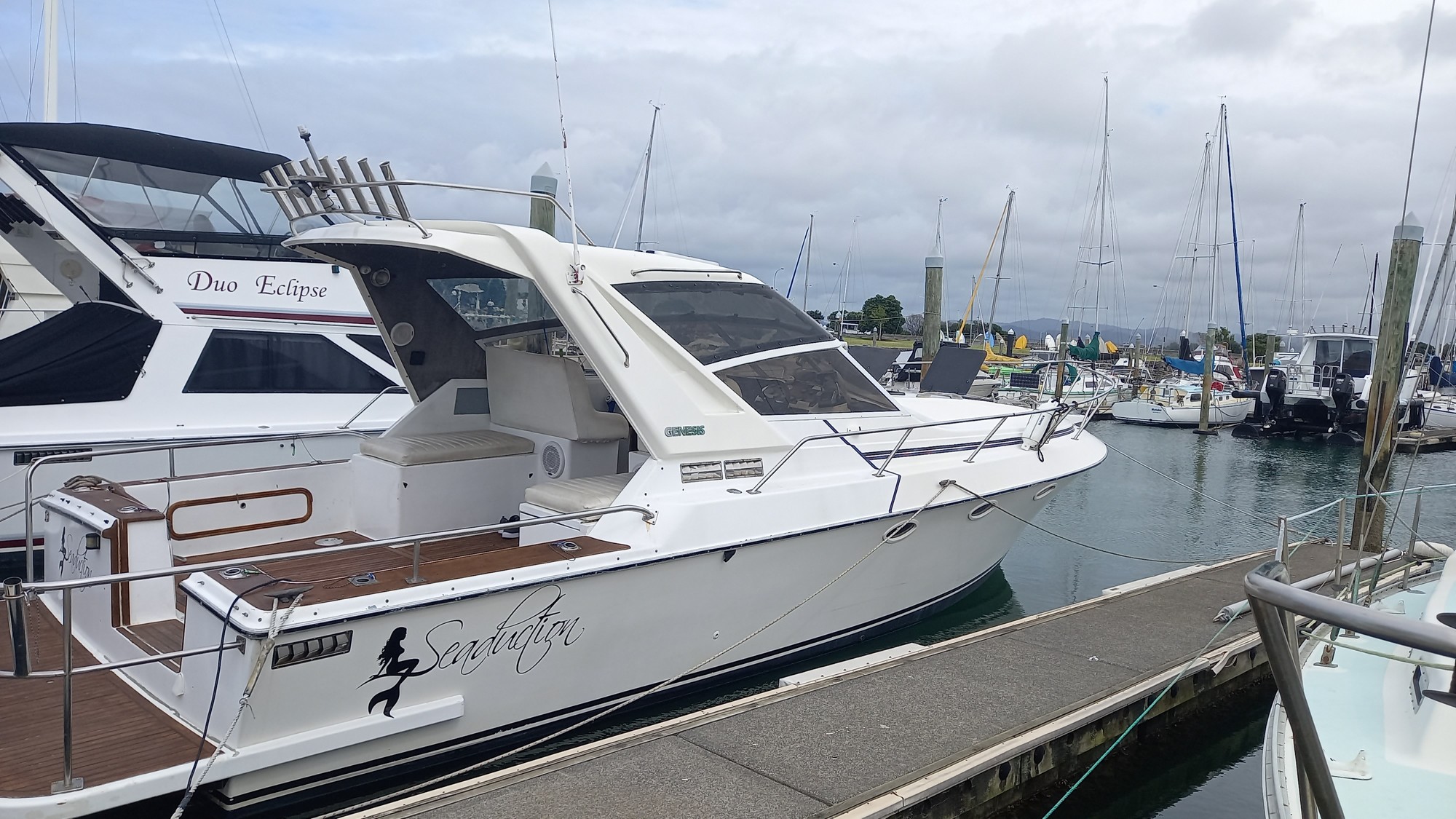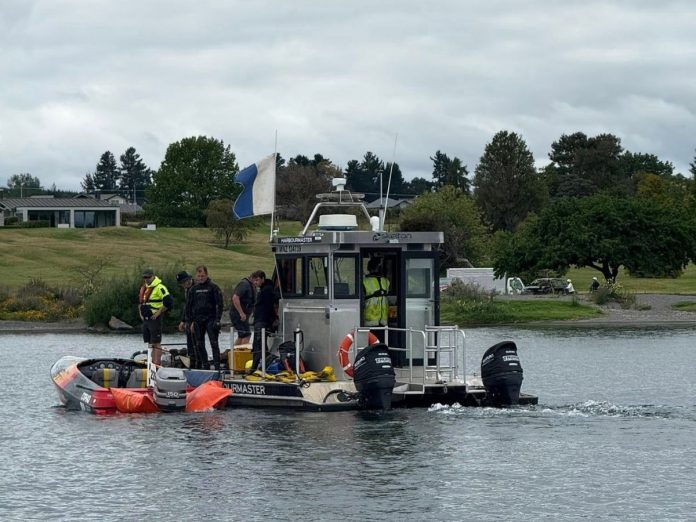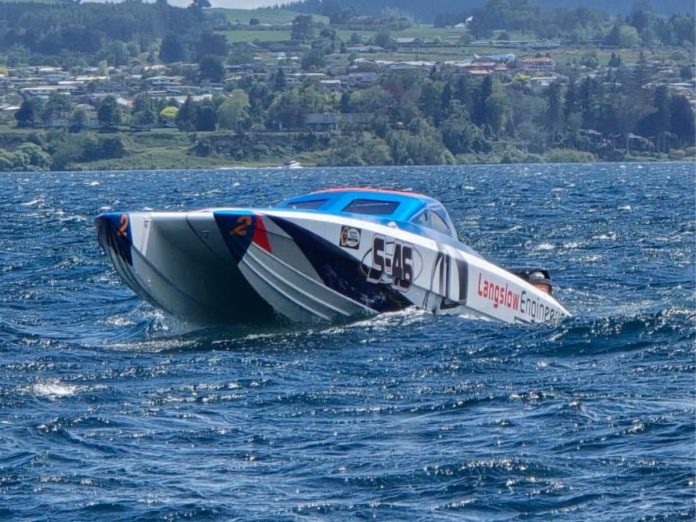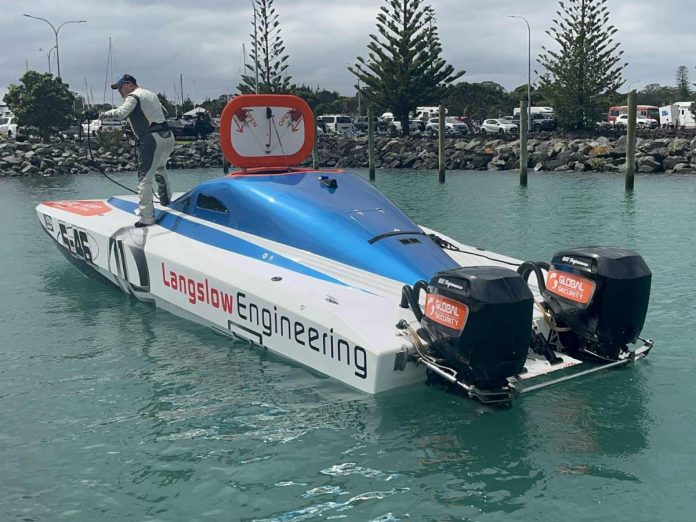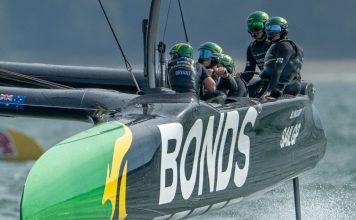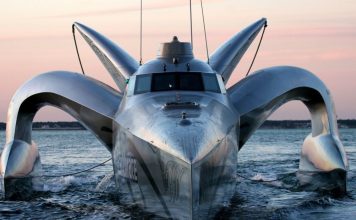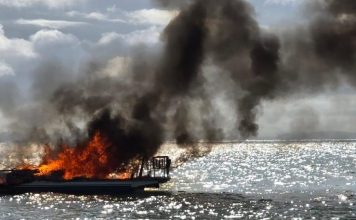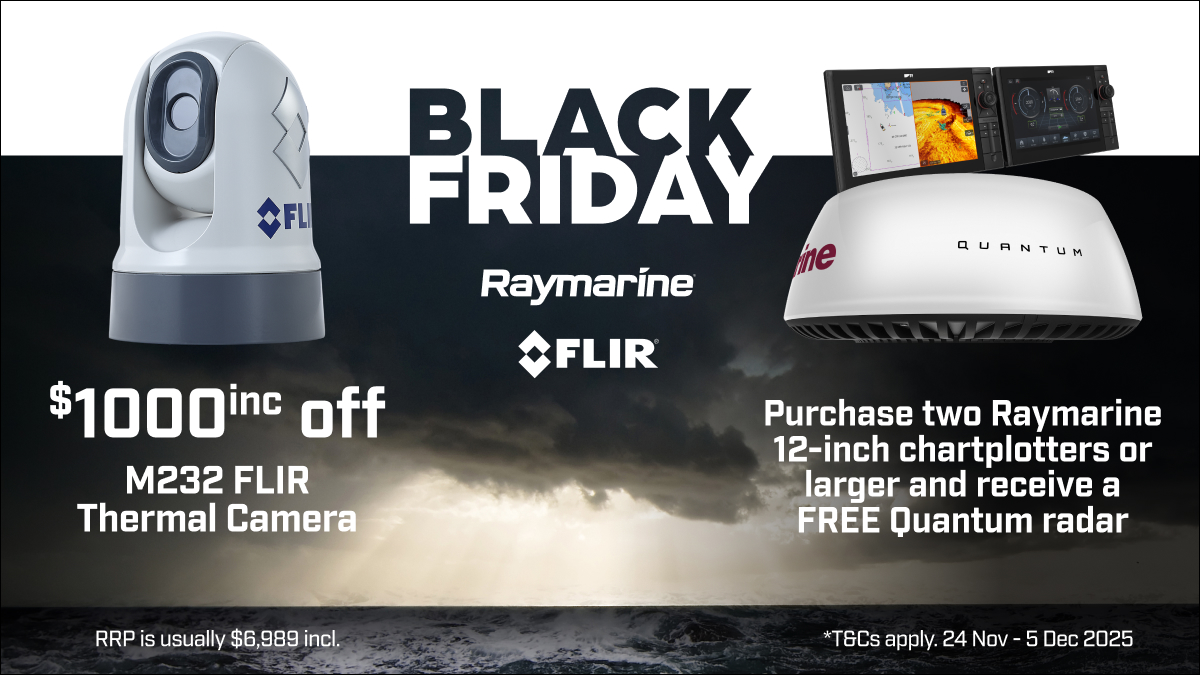Engine height is critical for getting the most from any given boat setup – social, pleasure or race. Put simply, the higher the engine the lower the drag. The lower the drag the less resistance and the higher potential for yield of speed gains.
Many classes around New Zealand have specific height limits and for most of these classes this allows for stock gearboxes to be run without the loss of water pressure (all dependent on hull type and setup, but as a rule this is certainly the case).
When setting up the boat for performance boating it’s advisable to start by lifting the motor to the maximum height limit of the class which, theoretically, is where best performance is normally found.

From there through trial-and-error lower the engine height to achieve correct engine water pressure and handling as needed. To achieve this correctly you need a water pressure gauge fitted and ideally an adjustable jacking plate to make lifting and dropping the engine a simple task.
Something to consider: every inch of setback equates to the gearcase running fractionally lower in the water when the motor is installed at the same height (propshaft parallel with plank on hull). Setback can often mean less trim is needed when up and running which can help the boat run faster, but it can be offset by handling changes and increased drag from the gearcase running lower in the water column.
Running engines high on the transom is where most performance gains are found, but it also yields the highest risk of propeller blowout. This typically occurs in the last 5% of your maximum speed when your gearcase/propeller stops moving through green water and an air/water mix passes down the casing.
This causes the propeller to lose traction/thrust and typically the hull to fall forwards, sacrificing speed. Nine times out of ten this is a result of improper setup – improper trim, engine too high or prop not suited to hull type.

Blowout is not always a sign of improper setup however. It can be a sign that your setup is at the maximum performance extent of the standard lower unit/gearcase. In this situation adding a nosecone to the front may yield additional ‘grip’ but it will also increase the wet area of the gearcase, increasing drag.
Also available on the market are low water pickup gearcases – cases with pickups built into the front of the nosecone to allow the engine to be lifted higher, to a point where standard pickups are well out of the water.
These cases allow the best of both worlds for performance boaters; maximum engine lift, maximum grip and good amounts of water pressure through the engine. BNZ









